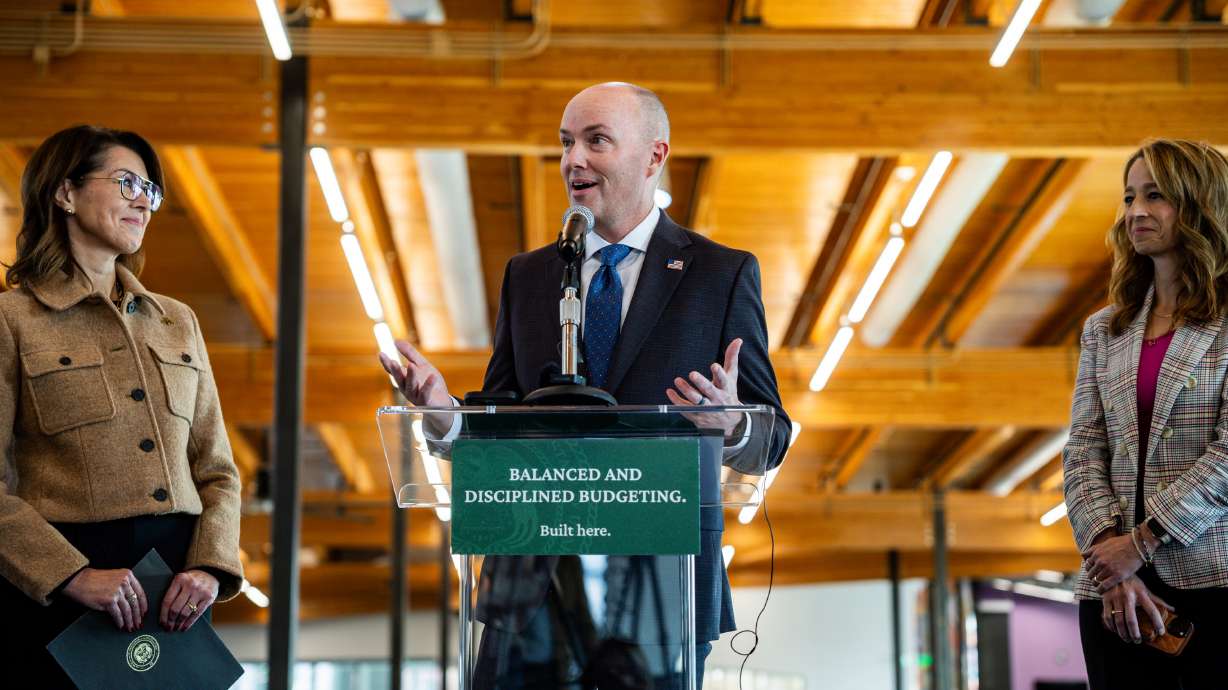In a 9-3 vote yesterday, the Utah Judicial Council voted to allow audio and video recordings of proceedings in trial courts around the state. This is a win for transparency in the court, and helps a variety of interested parties better understand what is going on behind the government’s closed doors.
Prior to the vote, Utah was one of only 15 states that prohibited TV cameras from being present in the courtrooms. While yesterday’s decision still allows judges to prohibit recordings with cause, this general allowance now affords outside parties, including all Utahs, the ability to see and hear what judges around the state are doing.
Spokeswoman Nancy Volmer stated that the council’s hope is that “by giving the public the access to the courts this way they’ll better understand how courts operate.” While this is a clear benefit of allowing live recording of trial court proceedings, by no means is it the only one, nor is it even the most significant one. Transparency does allow people to better understand how things are done, but more importantly it allows us to see what is being done.
It was a judge, Louis Brandeis, who once stated that “sunlight is said to be the best of disinfectants.” This applies as much to the courts as it does to the legislative and executive branches, so yesterday’s decision should be praised by all who want to better investigate what is being done in the alleged pursuit of justice in this state. As with all other branches and levels of government, there is room for improvement in how the courts can administer justice.
The social media revolution allows for the dissemination of important information that many would otherwise not see. Imagine a judge whose conduct is concerning and whose decisions are detrimental to justice. Now imagine several clips of said judge on YouTube, demonstrating his bad behavior, ranking highly in search engine results for the judge’s name. Voters will be increasingly able to determine whether judges should be kept on the bench with this type of data at their fingertips.
Utah Supreme Court Justice Jill Parrish said that this decision was aimed at “moving us into the next era.” Actually, allowing cameras and other electronic devices into the courtrooms is a step from a previous era into the current one; there are many more reforms that can come as we force government to better respond to market forces that will move it into the next era. And we hope that Parrish and other judges around the state will openly embrace such reforms as they are proposed and popularized.





